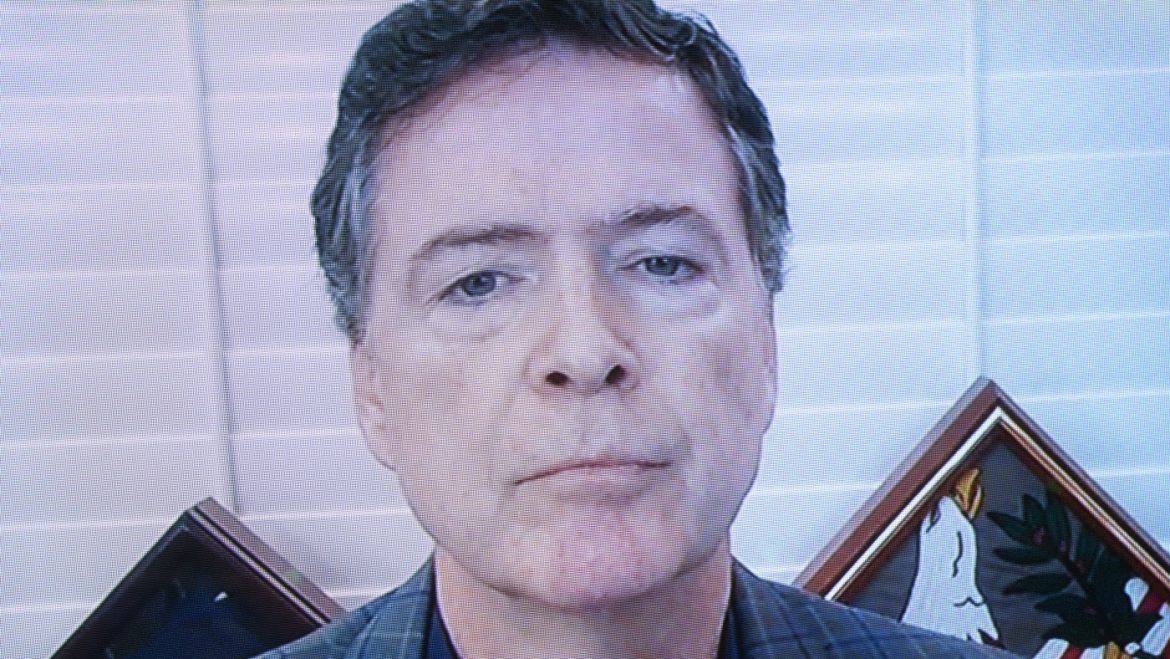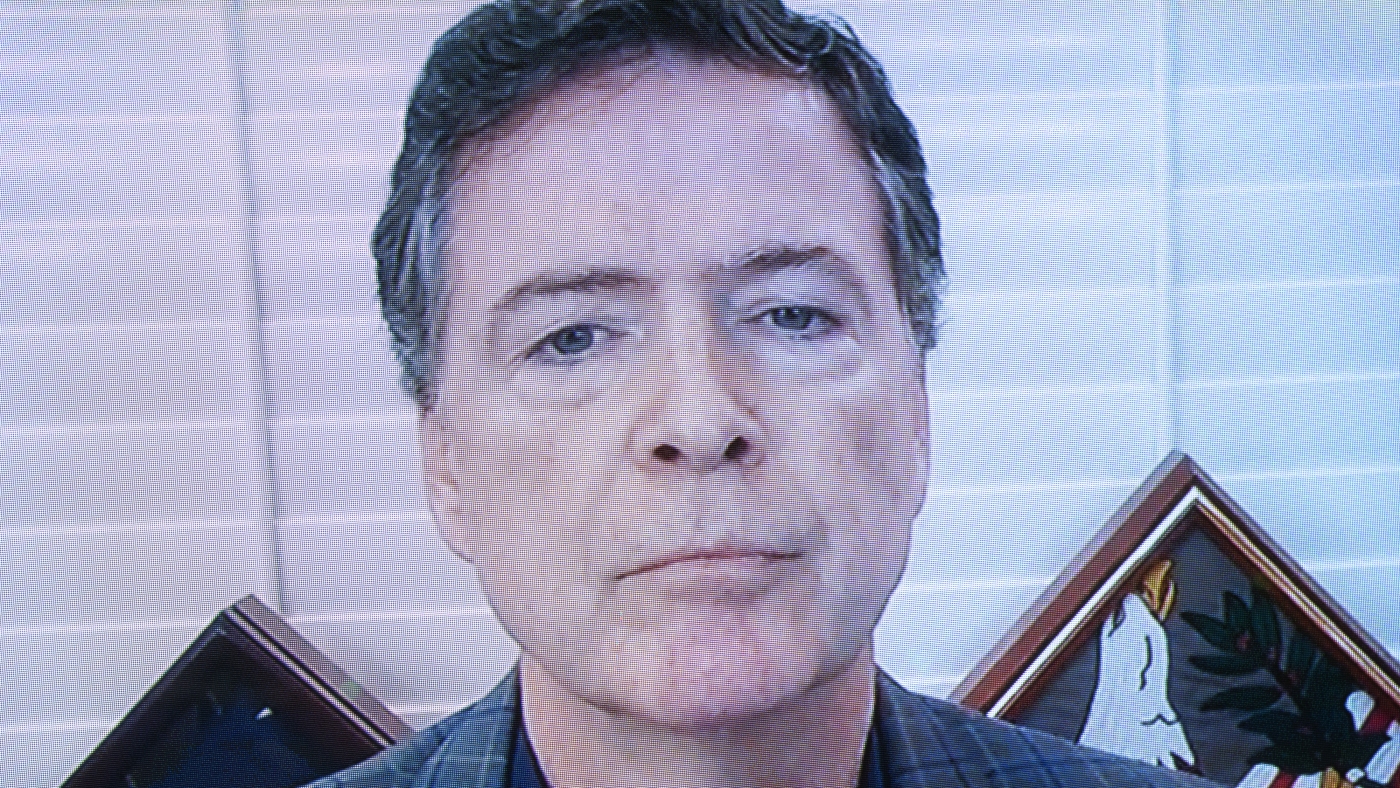Understanding the James Comey “8647” Instagram Controversy: A Detailed Analysis
The social media sphere and political arenas collided recently around a cryptic image posted by former FBI Director James Comey, featuring the numbers “8647” spelled out with seashells on a beach. The image was swiftly deleted by Comey amid escalating backlash and an ongoing investigation by various U.S. law enforcement agencies. This episode offers a vivid example of how coded messages, political symbolism, and public interpretation intertwine in today’s digital and polarized political climate.
Decoding “8647”: Roots and Interpretations
The key to the controversy lies in the numeric sequence “8647,” which carries distinct slang meanings, especially in American English:
– “86” is a long-established hospitality and service industry slang meaning “to get rid of,” “remove,” or “reject.” For example, bartenders might say “86 the last round” to mean stop serving drinks to a customer. This number has evolved into a metaphor for forcing someone or something out, often permanently.
– “47” in this context has been used colloquially as a numeric nickname referring to Donald Trump, the 45th President of the United States, often alluding to him in coded or humorous ways through this number. While less intuitive than “86,” it gained traction on social platforms as a shorthand identifier.
When combined, “8647” can be interpreted as a call to “remove Trump,” an interpretation confirmed by some social media movements and users who employ the term as political shorthand, ranging from criticism and protest to more aggressive rhetorical forms.
James Comey’s Post: The Visual and its Immediate Reception
Comey posted a photo on his Instagram account showcasing seashells arranged on a beach spelling out “8647.” The image’s aesthetic simplicity leveraged nature as a canvas for this numeric message, potentially symbolizing a silent protest or coded expression of dissent. However, the post rapidly ignited fierce controversy.
Supporters of President Trump, and certain government officials, viewed the post as an implicit threat—construing “86 47” as a cryptic call to assassinate or violently remove the sitting President. This interpretation was propelled by the charged political environment and amplified through social media and conservative news outlets.
Official Responses and Investigations
The uproar triggered immediate actions by U.S. law enforcement bodies:
– The Secret Service, responsible for protecting the president, launched an investigation into the post, considering its potential implications regarding the safety of the President.
– The Department of Homeland Security and other agencies reportedly joined the inquiry, reflecting the seriousness with which the government regarded the claims of a possible threat.
– Prominent Republican legislators, including Rep. Andy Ogles, formally requested investigations, framing the post as threatening and demanding legal scrutiny.
President Donald Trump publicly condemned Comey’s post, characterizing it as a call for his assassination and rejecting Comey’s explanation.
Comey’s Explanation and Deletion of the Post
In response to the backlash, Comey deleted the Instagram photo and issued a statement clarifying his intentions:
– He claimed he was unaware that “8647” was interpreted as a violent or threatening message.
– He said the arrangement was meant to be a form of silent protest or political expression opposing Trump’s presidency, not a call for violence.
– Comey emphasized his opposition to any form of violence, underlining that the post “never occurred to me” as a threat.
Despite these efforts, an intense political firestorm persisted, showing the challenges public figures face when using ambiguous symbolism in a hyper-partisan and media-saturated environment.
Broader Context: Political Symbolism in the Digital Age
The “8647” episode spotlights several compelling issues about political communication today:
Conclusion: Lessons from the “8647” Incident
James Comey’s “8647” Instagram post ignited a significant political and law enforcement controversy rooted in symbolic interpretation and mistrust. It underscores how in today’s digital political environment, even subtle or artistic expressions can provoke serious consequences, especially when connected to fraught political figures and narratives.
This episode reflects the broader challenge of communication in polarized societies—where messages are dissected for hidden meanings, and rhetoric can swiftly escalate beyond intent. For public figures and citizens alike, it serves as a reminder to appreciate context, anticipate varied interpretations, and navigate the delicate balance between protest and responsibility in the public sphere.


